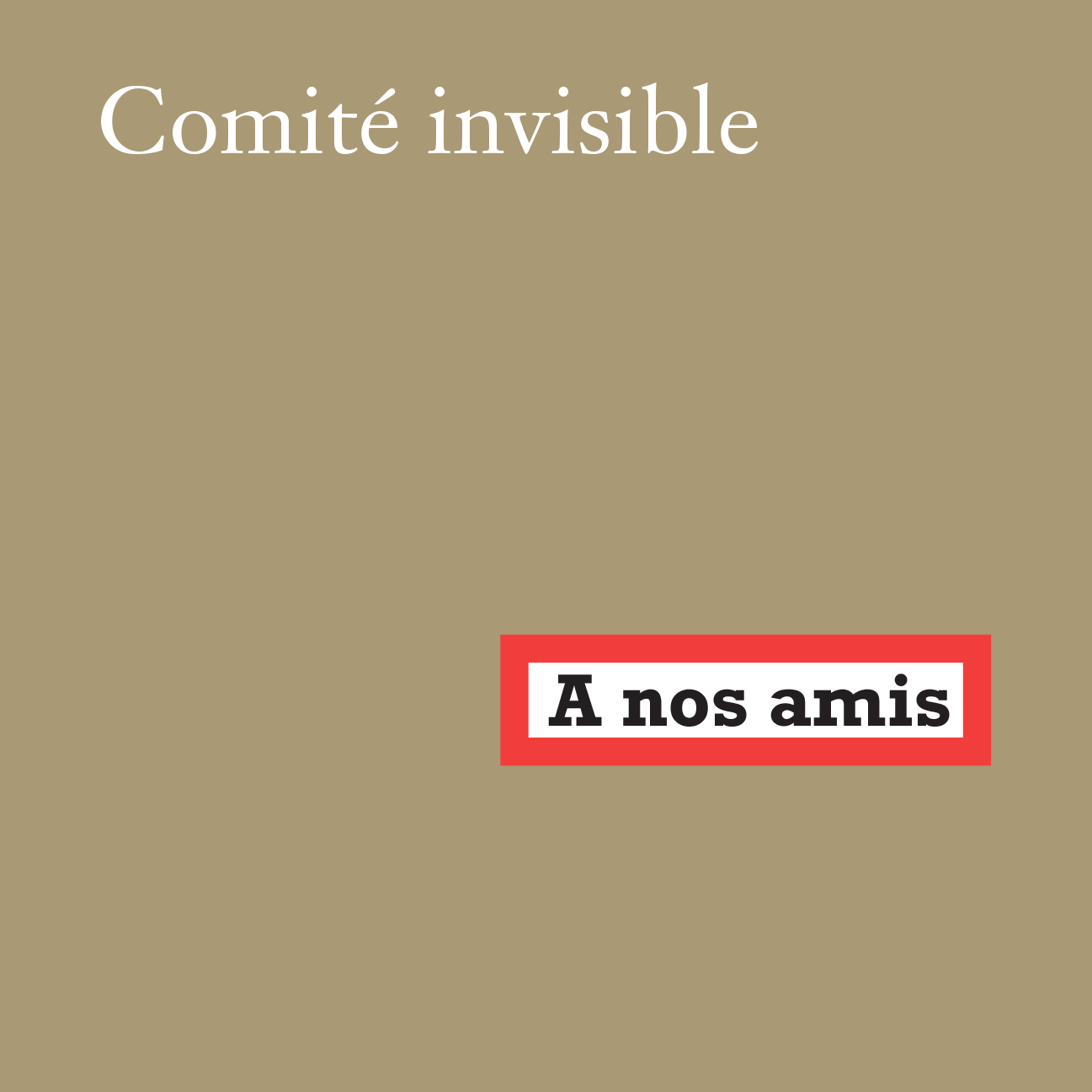
In 2007 a group of radicals in France, calling themselves le comité invisible (The Invisible Committee) brought out a book called L’Insurrection qui vient or, in English, The Coming Insurrection.
A lot has happened since then. For a start, the waves created by their writing led to a group of people, who became known as the Tarnac Nine, being arrested on dubious charges of sabotaging high-speed rail lines, with the French state claiming they were also the authors of the pamphlet.
The wider picture of what has become of the struggle against neoliberalism, and where it might go from here, is what is addressed in their follow-up book A nos amis, recently published by La fabrique éditions.*
“Insurrections finally came,” they tell us with a nod back to the title of the previous book, although they obviously have to admit: “Insurrections came, but not the revolution”.
They refer throughout to the whole gamut of uprisings we have witnessed over the last seven years – from Cairo to Rio, Athens to London, Istanbul to Madrid and beyond. The problem, from an anti-capitalist point of view is that despite all of that resistance the system is still standing – everywhere. Revolutions never seem to develop any further than rioting, as they concede.
Rioting in England, 2011
But, on the positive side, there is an increasing feeling of something happening, the commonly-shared intuition that “an insurrection can break out at any moment, for whatever reason, in any country and lead anywhere”.
This, insist The Invisible Committee, is not just wishful thinking on the part of the world’s dissidents – there really is a pattern emerging: “What has been happening in the world since 2008 isn’t an incoherent series of random eruptions in sealed national spaces, but one big historical sequence”.
They suggest that it is wrong to lament the demise of the specific anti-globalisation movement that seemed such an unstoppable force at Genoa, Seattle, or the City of London in the years leading up to 9/11.
Instead, they suggest, it has become absorbed into the Zeitgeist. “It has disappeared, precisely because it has been fulfilled. Everything that made up its basic vocabulary has entered into the public domain: is there anyone today who questions the existence of ‘the dictatorship of finance’, of the political aims behind IMF-imposed reforms, of the ‘destruction of the environment’ by capitalist greed, of the insane arrogance of the nuclear lobby, of the barefaced lies of power, of the open corruption of the ruling class? You have to remind yourself that over the course of ten years, views once held only by radicals have now become the very stuff of common sense”.
More people have absorbed the fact that neoliberal capitalism is not just a theoretical entity but something that exists on a real everyday level. Stripping away the mystique of power, we see the criminality behind the facade: “The state is the mafia which has beaten off all the other mafia”.
We also see that capitalism is, basically, the infrastructure of life in modern industrial society: “Power is now immanent in life as it is organised…” “Power has now become the very order of things, with the police in charge of defending it”.
While outright brutality is of course constantly deployed to defend capitalism, the Committee suggest that a more significant aspect of repression is “a war of influence – subtle, psychological and indirect”.
The so-called “crisis” is a prime example of this, they say, distorting the way that opponents are able to even think about capitalism. “We are not experiencing a crisis of capitalism, but the triumph of crisis capitalism”. “There isn’t a ‘crisis’ we have to get out of, there is a war we have to win.”
If the key to understanding capitalism is to appreciate the diffuse nature of its existence in the very infrastructure of its world, it is also important to understand our own role, insist the Committee.
The counter-insurgency strategies of the status quo always assume the existence of an “enemy” which is competing with it for the loyalties of the “population” – and thus it will always try to create divisions between the two, whether by propaganda or subterfuge of various kinds (such as false flag “terrorism”).
But we should know that we are ourselves part of the population: “We are the ‘hearts and minds’ that they want to win over. We are the crowds that they want to ‘control’. We are the underworld in which government agents operate and which they hope to subdue, and not a rival entity in the pursuit of power. We don’t fight from within the population ‘like a fish in the water’ for we are the water in which our enemies are wading – soluble fish. We are that matter which grows from the inside, organises itself and develops. There lies the real asymmetry and our real position of strength”.
Anti-capitalists therefore need sometimes to “disappear” back inside the population of which they are part so they can never be isolated from it.
Already in The Coming Insurrection, The Invisible Committee displayed similarities to the thinking of the oft-neglected German-Jewish anarchist Gustav Landauer when they wrote that “revolutionary movements do not spread by contamination but by resonance”.
In his most important text, For Socialism, Landauer wrote: “There is no need to fear a lack of revolutionaries: they actually arise by a sort of spontaneous generation – namely when the revolution comes…”
In A nos amis, the Committee quote Landauer at one stage and are making the very same point as he did above, when they declare: “It’s not ‘the people’ which creates the uprising, but the uprising which creates its people”.
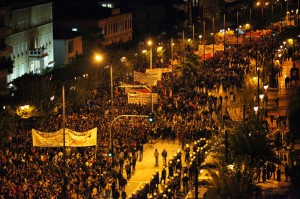
In order to start this process moving, they stress that we need to organise ourselves. Without that, our numbers count for nothing – the 99% per cent will remain disempowered by the 1%. “There is a world of difference,” they point out, “between a mass of poor people and a mass of poor people determined to act together”.
But worry not – this does not mean they want us all to rally under their flag and set up local franchises of The Invisible Committee in our own home towns: “Getting organised doesn’t mean joining the same organisation. Getting organised is about acting according to a common perception, whatever level that might be on.”
With a view to building that shared perception, they propose an emphasis on the idea of the revolutionary Commune – what might also be termed the building-up of a culture of resistance. From struggling together we can discover “a quality of connection and a way of being in the world”.
Our personal experiences of being involved in occupied spaces of various kinds, the Communes they have in mind, show us “that we can organise ourselves and that this power is fundamentally joyful”. The power that comes from resisting is therefore in itself a kind of victory.
Importantly, they understand that a revolutionary urge is not something that can be artificially constructed or easily controlled or quantified, but is instead a “living force”.
We have to be able to “see a world populated not by things, but by forces, not by subjects but by powers, not by bodies but by connections”.
The big question facing us, they say, is “How can we build a force which isn’t an organisation?” It is here that the depth of their conception of the Commune comes in. They refer back to the “medieval” sense of the idea, which they say had been long lost before being rediscovered by the federalist faction of the Paris Commune in 1871, and which has kept on resurfacing ever since.
This is the same “force without name” that was understood by the proto-anarchist heretics of the Brethren of the Free Spirit. The activation of this nameless force will be crucial in turning insurrection into revolution, in turning opposition to the industrial capitalism world into a positive longing for something different.
At the moment, this positive longing is only expressing itself in negative terms, as a deep rejection of all that it is not, all that is preventing its vision from being fulfilled.
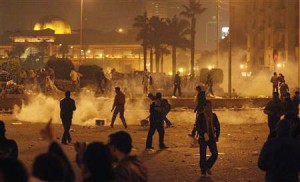
“Incurable disgust, pure negativity and total rejection are the only political forces in evidence at the moment,” note the Committee.
The real driving force behind the Occupy movement was not the specific grievances that it voiced but a much broader “disgust for the world we are made to live in”.
This disgust, however, is itself proof of a contrasting conception of how things should be, how we should be living. The disgust arises from an ethical awareness, something that has been largely abandoned by anti-capitalists and has thus been able to be appropriated, in a distorted form, by Islamists and fascists.
“The importance of the theme of prevailing corruption in nearly all today’s revolts shows the extent to which they are primarily ethical rather than political,” say the Committee.
For them, there are such things as “ethical truths”, but they are aware that this is not so for everyone: “These are two words which, when placed together, sound to the modern spirit like an oxymoron”.
They go on to define these ethical foundations for our resistance: “These are truths which connect us, to ourselves, to that which surrounds us, and each to the other. They take us to a world which is suddenly held in common, to a non-separated existence free of the illusory walls of our egos”.
It is not entirely clear to me to what extent the authors see these ethical truths as being embedded in human nature, as I would argue they are. On the one hand they reject the notion that political order is needed in order to constrain a basically selfish human nature, that we are all separate and competing individuals who have to be held together by some kind of artifice. They comment: “As Marshall Sahlins showed, this idea of a human nature which it is up to ‘culture’ to hold down is a Western illusion”.
On the other hand, they go on to dismiss mutual aid and a belief in the innate goodness of humanity as “fundamentally Christian” ideas, apparently unaware of the notion of original sin and the necessity, for Christians, of finding salvation from this innate state of sin through redemption in Christ. A belief in the innate goodness of humanity – of an innate tendency to co-operation and solidarity – is as alien to orthodox Christian thinking as it is essential to the alternative panenhenist (“all-in-one-ist”) view of our connection to the universe to which the Committee’s views elsewhere come so close.
It is the loss of our understanding that we, as individuals form a living part of a much bigger organic entity (or series of entities – humankind, the planet, the cosmos…) that has left us stranded with little understanding of the forces around us.
When one is simply part of a bigger being (in the way that our various organs and limbs are part of our body), ideas of mutual aid and working for the common good are not even matters of choice, but of necessity. The “goodness” involved is therefore not altruistic in some abstract or religious way, but a natural result of our organic belonging to the wider Whole.
The Committee seem aware of this when they write that “the real catastrophe is existential and metaphysical” and when they add: “To be free and to be connected (lié) is one and the same thing. I am free because I am connected, because I am part of a reality much bigger than me”.
They comment on the existence of “a universal thirst for rediscovering ourselves that can only be explained by universal separation” and stress the importance of a spiritual aspect to our struggle “whether that takes the form of theory, literature, art or metaphysics”.
The idea of the individual as part of an organic humanity and of humanity as, in turn, part of an organic planet leads inevitably to an environmental basis for our culture of resistance and this is indeed embraced by the Committee.
They explicitly reject the leftist slogan of putting humanity at the centre of our thinking: “We other revolutionaries, with our atavistic humanism, would do well to take a look at the constant uprisings of indigenous peoples in central and south America over the last 20 years. Their slogan could be: ‘Put the Earth at the centre’”.
The authors are clearly inspired by the Zapatista movement and indigenous Indian thinkers are quoted in support of the importance of interconnections between people and land, which the Committee also pinpoints as a crucial motivation behind uprisings elsewhere in the world.
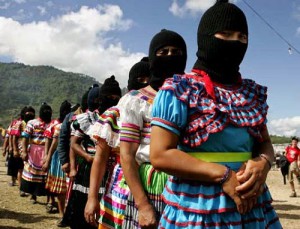
Threats to our environment – whether it be the felling of hundreds of trees in an Istanbul park, the construction of high-speed rail line through the Italian Alps or the building of a new airport at Nantes – are prompting many of the most significant outbreaks of resistance against capitalism.
Moreover, this resistance is targeting the very infrastructure which in fact now constitutes the essential reality of capitalism. Blocking infrastructure is becoming the most effective way of fighting power.
“More and more revolutionaries are coming to throw themselves as greedily into what they call ‘local struggles’ as they yesterday did into ‘social struggles’”, note the authors. “What connects them are the gestures of resistance that flow from them – blocking, occupying, rioting and sabotaging as direct attacks on the production of value by the circulation of information and goods…”
As I noted recently, this phenomenon has been particularly apparent in France, where the controversy surrounding the police murder of environmental protester Rémi Fraisse has revealed to the public the extent of the resistance to grands projets designed to expand capitalist domination at the expense of the natural world and human communities.
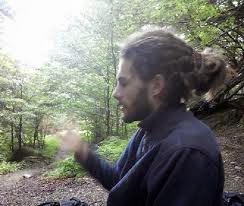
The way in which these struggles often combine different types and levels of resistance – from traditional “local” campaigning to direct action approaches – fits well with the Committee’s vision of the way forward for anti-capitalists.
They emphasise that a fully-functioning resistance must retain all its aspects, which they break down into three main elements – spiritual, combative (whether orientated towards attack or self-defence) and possessing material means and spaces.
“Each time that one of these dimensions loses contact with the others and becomes independent of them, the movement degenerates – into armed avant-gardes, cults of theorists or alternative businesses”.
The principal activities in which we should be involved can therefore be summed up as thinking, attacking and building.
Writing theoretical texts such as these is evidently only one aspect of the revolutionary work being carried out by the authors and they conclude the book on a positive message to the amis across the world who increasingly understand that they are fighting the same struggle, not just against the capitalist system but for another way of being.
“We will do what has to be done,” they promise. “This text is the start of a plan”.
* I have been working from the French edition, so all quotes are my own translations rather than excerpts from the English-language version.
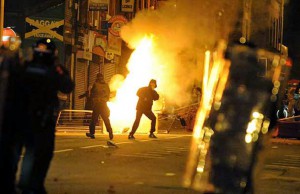
There is a talk by someone from the Invisible Committee in Brighton, UK, on March 21, 2015. See https://www.anarchistaction.net/about-us/local-groups/sussexanarchists/ Please help publicise.